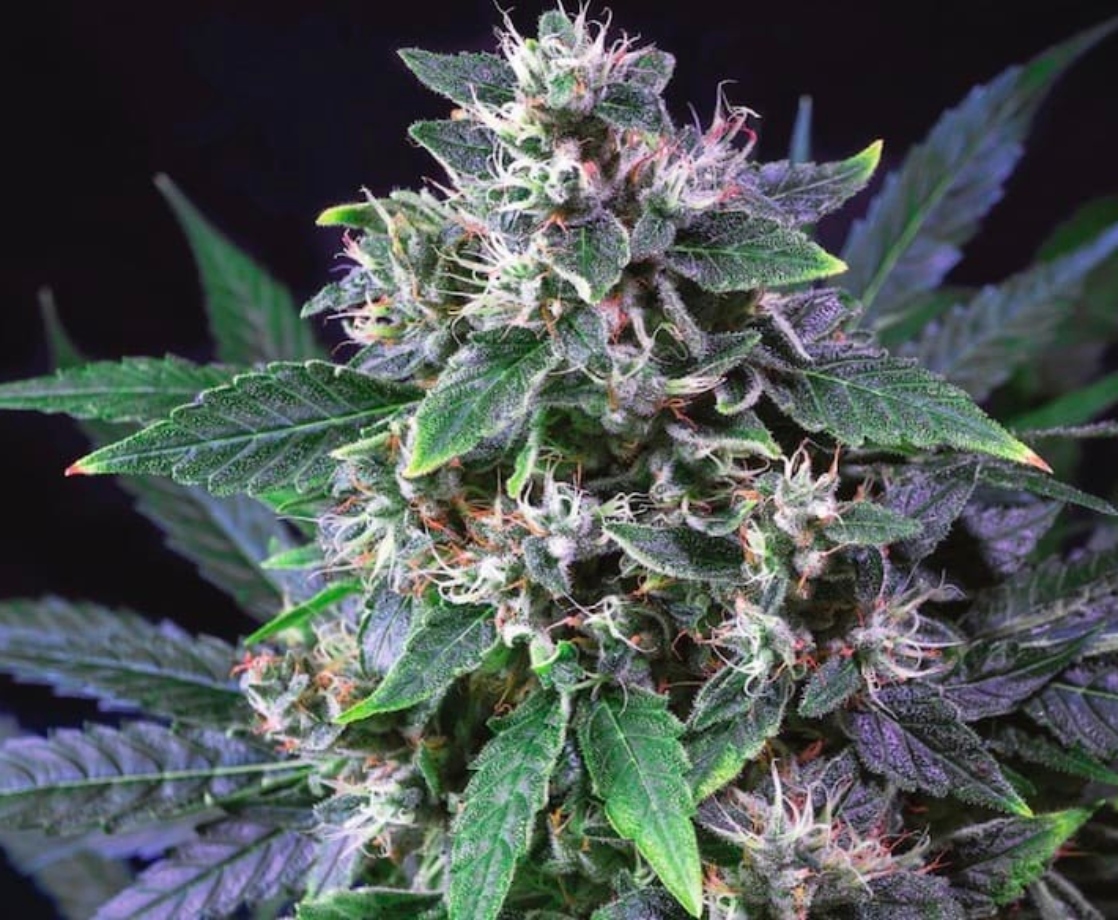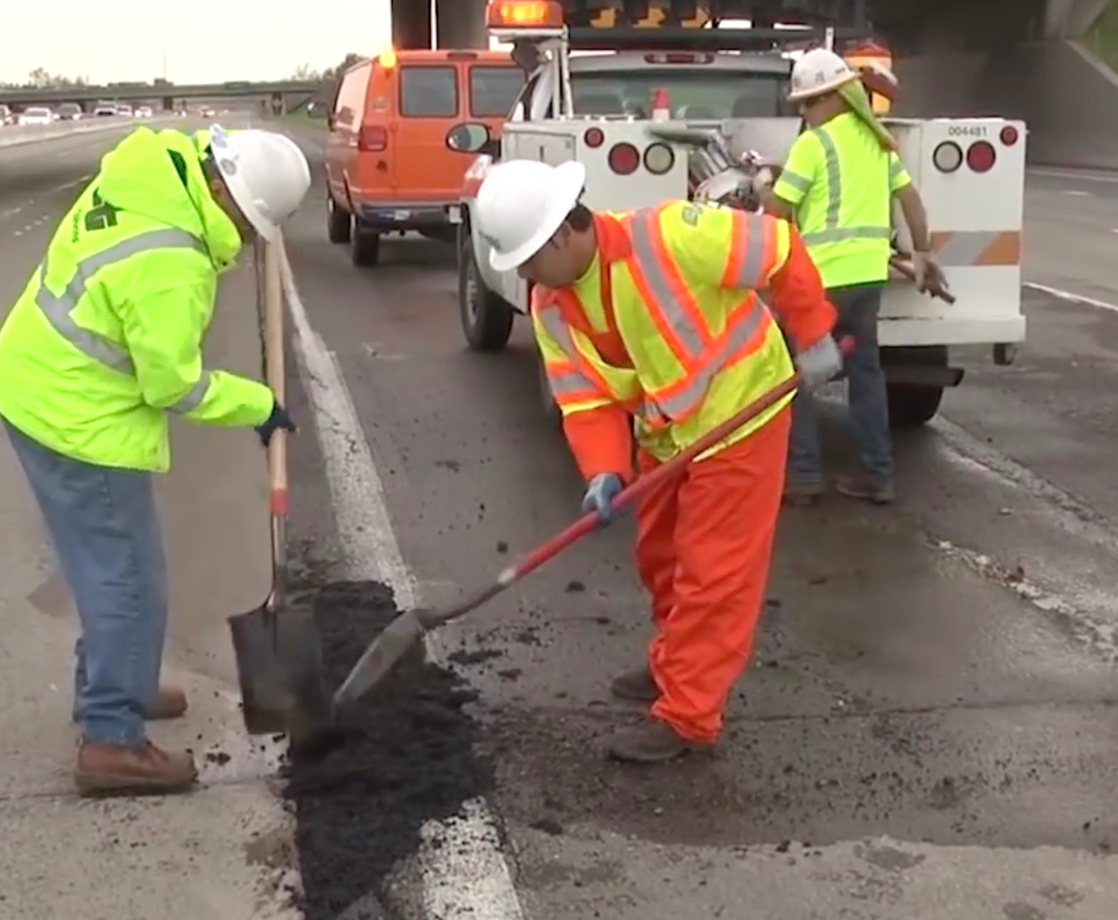For many novice growers, determining when to harvest cannabis plants can be a perplexing proposition. At their peak of ripeness, cannabis flowers will be rich in cannabinoids and have a scent that is bristling with aromatic terpenes. When harvested too early, buds will not fully develop their potency and aroma. And if you wait too long, the flowers will be past their prime.
Seed houses and clone nurseries usually include flowering times in the descriptions of their products, but these should be treated as averages instead of the exact timing for optimal harvest. You should use these estimates to help you plan your garden calendar. But for the best buds, you’ll have to monitor your plants and check the flowers for ripeness to help you decide when to harvest your cannabis.
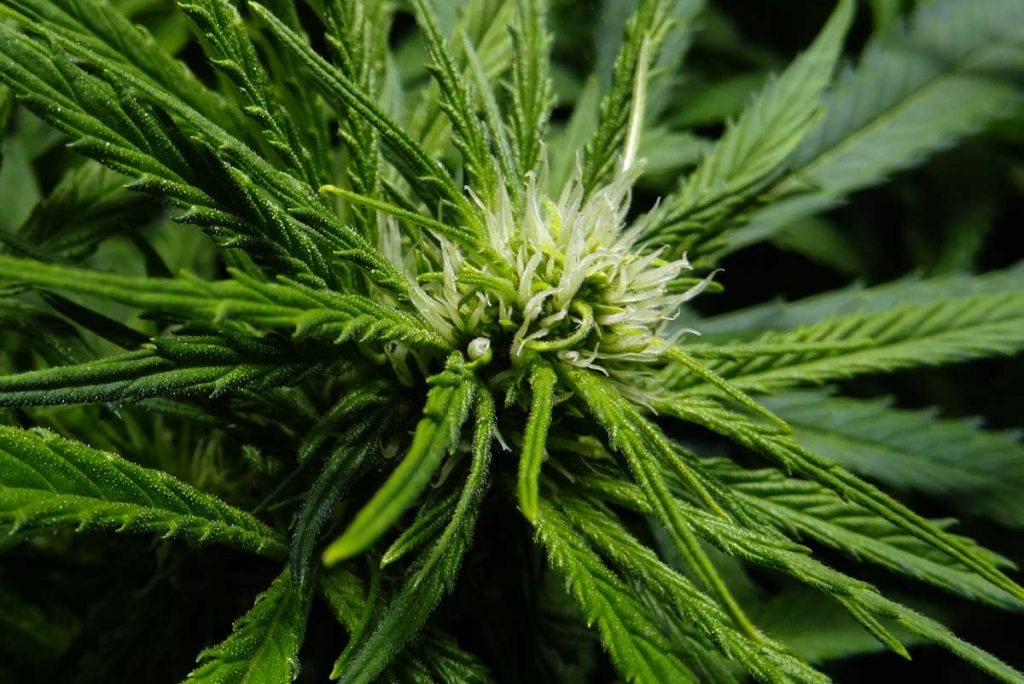
Not ready
Check the Stigmas
One popular method for ascertaining when to harvest cannabis is based on observing the flowers’ fine, hairlike projections known as stigmas. When they first emerge from the flowers, stigmas are usually white or cream-colored, although some strains will exhibit other hues including pink. As the buds mature, the oldest stigmas begin to wither and darken, generally to an orange or reddish color.
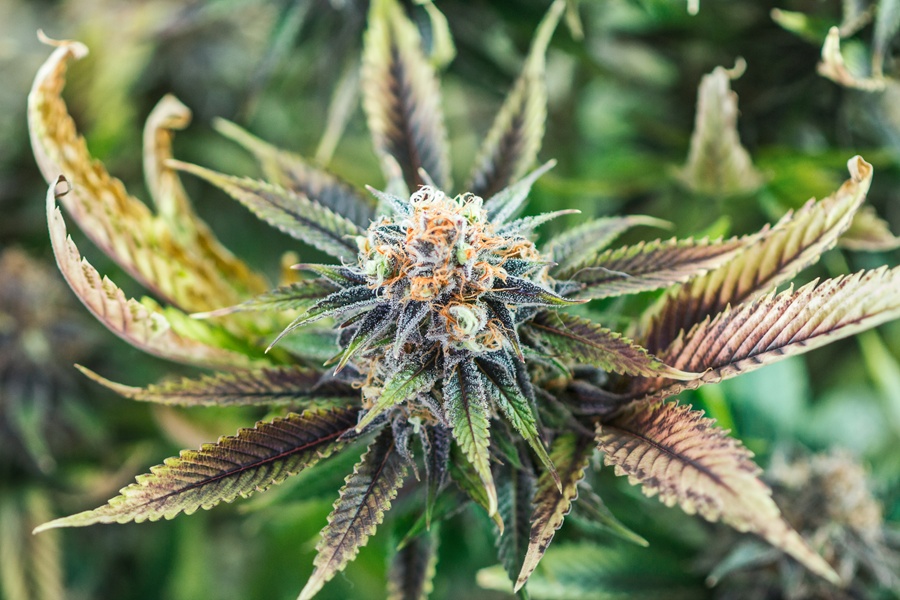
Ready!
Many growers use this trait to help them determine when to harvest their cannabis plants. When more than 50 percent of the stigmas on the flowers have shriveled and changed color, the plant is close to ripeness. Once about 60 to 70 percent of the stigmas have changed, the plant is ready for harvest.
While many growers rely exclusively on monitoring the stigmas to determine when to harvest cannabis, closer inspection of the flowers is likely to help you more accurately determine the peak of ripeness, potency, and bouquet.
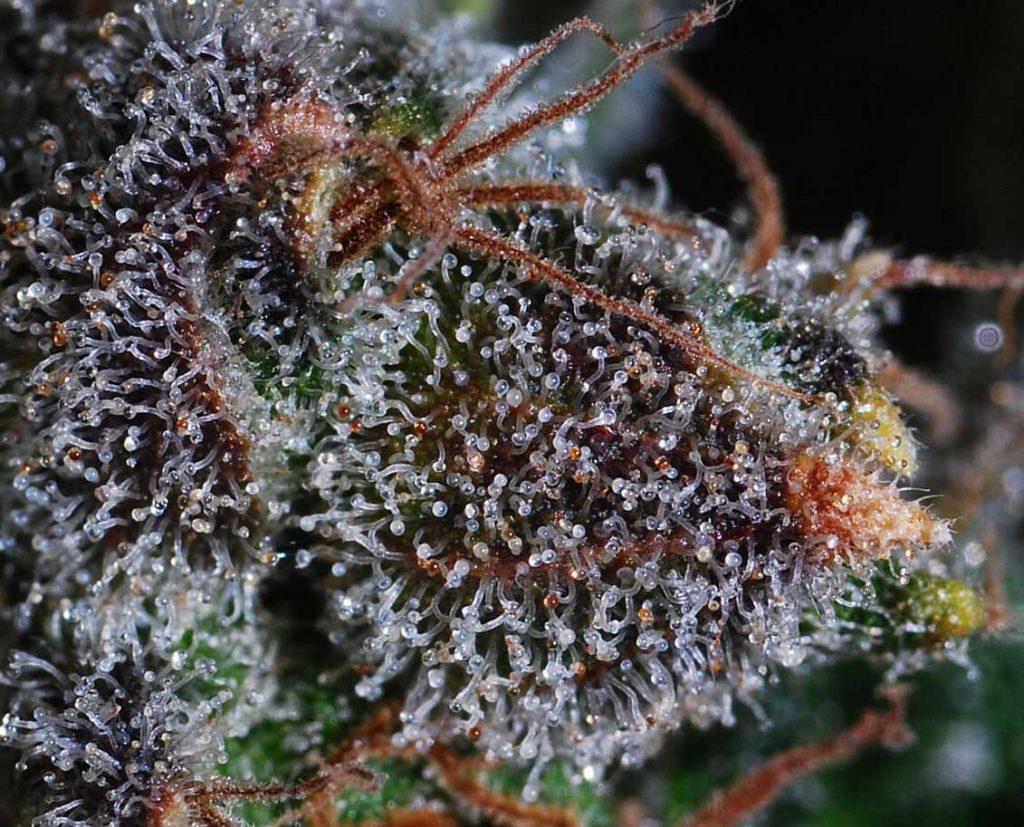
Get a Closer Look
To better judge when to harvest cannabis plants, you’ll want to get a good look at the tiny, glistening glands called trichomes that cover the surface of cannabis flowers. To do this properly, you’ll need a magnifier such as a jeweler’s loupe or hand-held digital microscope with a magnification power of at least 30x.
Using the magnifier, focus on the tiny, mushroom-shaped trichomes on the calyxes of a flower and take notice of their color. When all or most of the trichomes are clear, they have not yet reached their full potential in regards to THC potency and terpene profile. As they mature, the trichomes will begin to display a more opaque or milky appearance. At this point, the trichomes have reached their optimum THC potency and aroma. If the flowers are allowed to ripen even further, the trichomes will begin to turn amber, indicating that the THC is beginning to degrade into CBN. As the THC is lost to CBN, the flower will have a more sedating or couch-lock effect.
As you observe the buds when the plants are approaching harvest time, you’ll probably notice that the trichomes aren’t changing in color uniformly. Often, the flowers at the top of the plant and ends of branches — which receive more sunlight than those shaded below — will ripen first. Even on the same bud, some trichomes will appear opaque while others are still clear. Because of this, many growers will decide it’s time to harvest the cannabis plants when most of the trichomes have turned opaque and a few begin to take on an amber hue.
If the garden is outdoors or you don’t have to get the next generation of plants in the grow room, you can harvest in stages. Harvest each branch as the flowers on it mature, leaving the rest of the plant to ripen further and harvest them another day.
Gallery — Growing Weed in Stages
Other Factors
Once you’ve decided when to harvest your cannabis plants, you’ll also want to consider the time of day that you cut down the plant or remove branches. At dawn in the outdoor garden or at the end of the dark cycle indoors, terpene levels in the flowers will be highest. Once the sun is up or the lights come on, the volatile terpenes will begin to dissipate, so harvest early in the photoperiod, if possible.
Other factors including weather and the presence or likelihood of disease will also influence the decision on when to harvest cannabis plants, particularly in outdoor gardens. For example, an early Colorado frost in October 2019 cost the state’s largest cannabis cultivator half its crop just as it was approaching maturity. Similarly, almost-ripe buds that are drenched in an autumn rainstorm can quickly harbor mold, which is more likely in damp conditions. Because of this, it might behoove the gardener to decide to harvest a few days early if weather forecasts show that a storm or cold snap are approaching.
Determining the best time to harvest cannabis plants may seem mysterious at first, but with a little experience and careful observation of the garden, you’ll soon be choosing the optimal time for your plants. Of course, that’s only the beginning of harvest season. Next up is trimming, curing, drying, and aging the buds.


